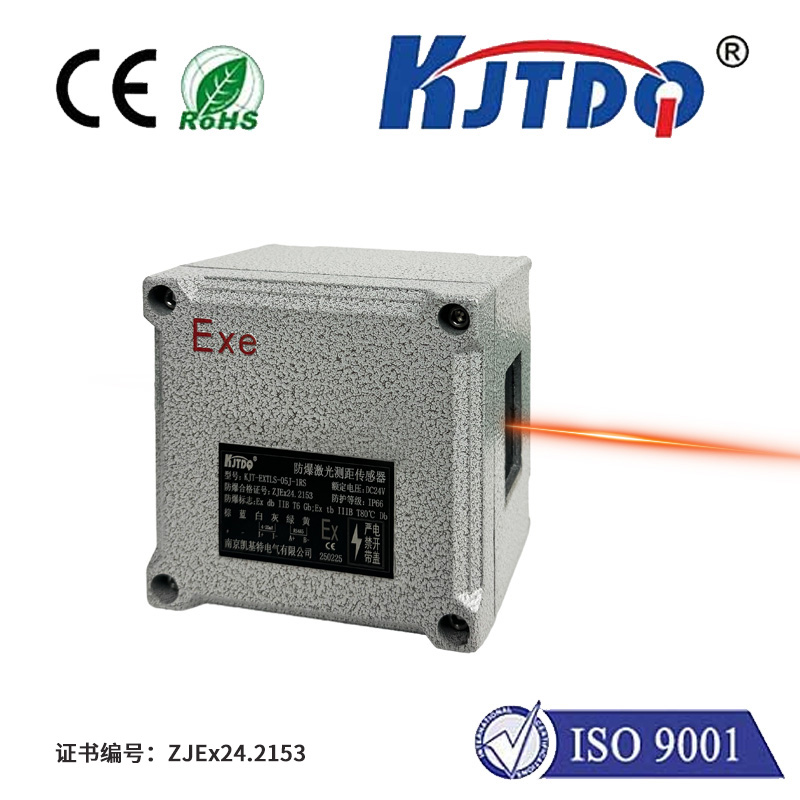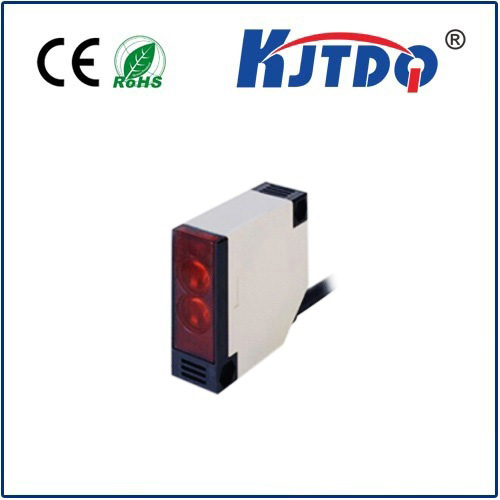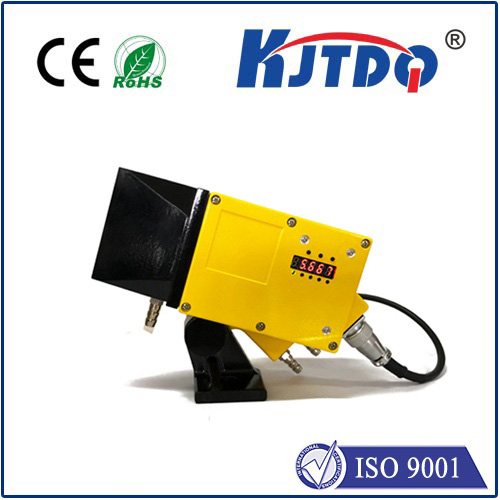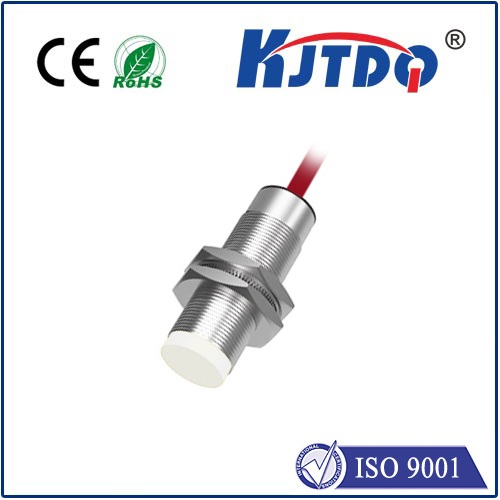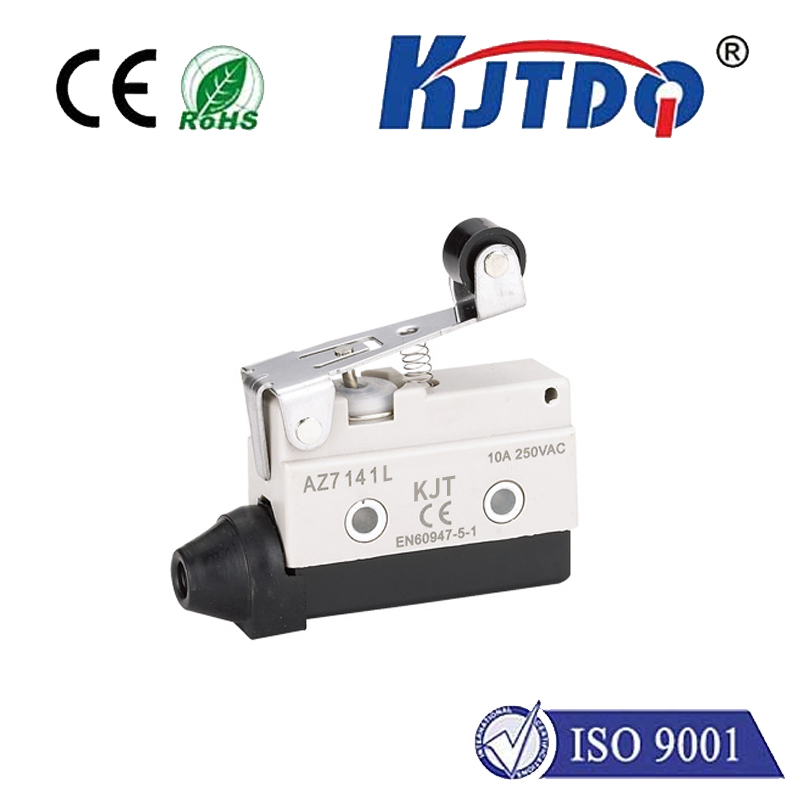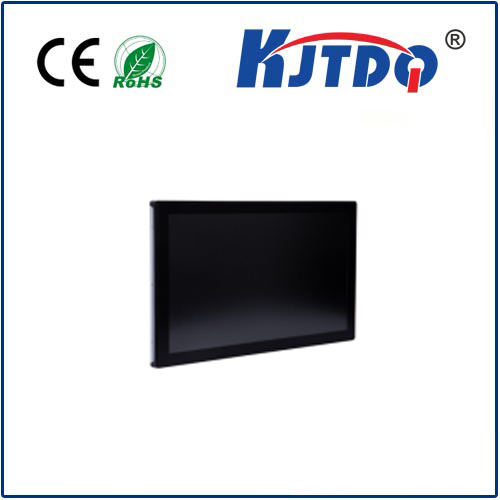light curtain
- time:2025-09-13 00:16:00
- Click:0
Light Curtains: The Invisible Shield Revolutionizing Industrial Safety
Imagine a factory worker feeding material into a high-speed press. Hands move rhythmically, inches from crushing force. One momentary lapse could be catastrophic. Historically, physical guards offered protection but often hampered efficiency and visibility. What if there was an invisible barrier, instantly responsive, providing safety without sacrificing productivity? This is the essential promise and power of the safety light curtain.
Safety light curtains, often termed presence-sensing devices, photoelectric guards, or simply light curtains, are a critical form of electro-sensitive protective equipment (ESPE). They represent a sophisticated leap in machine guarding technology. At their core, these systems create an invisible wall of infrared light beams between a transmitter and receiver unit. When an object – like a worker’s hand, arm, or even a tool – interrupts one or more of these beams, the system reacts near-instantaneously. This detection triggers a signal that stops the hazardous machine motion, preventing injury before it can occur.

So, what makes light curtains such a compelling solution for modern industrial safety? Let’s explore their key advantages:
- Unparalleled Operator Access & Visibility: Unlike solid physical barriers, light curtains allow operators clear visual access to the machine operation point. This enhances precision, simplifies material handling, and allows for better quality control during tasks like feeding, inspection, or loading/unloading. Ergonomics are significantly improved as workers aren’t forced to reach awkwardly around guards.
- Minimized Production Downtime: The non-contact nature of light curtains means they don’t physically interfere with the process flow. Resetting after a beam interruption is typically fast and straightforward – the obstruction is removed, and the machine can often be restarted immediately. This reduces costly downtime compared to systems requiring mechanical unlocking or guard repositioning.
- Enhanced Flexibility & Scalability: Light curtains are highly adaptable. The sensing field (height and depth) can be easily configured to protect specific hazardous zones on various machinery, from compact robotic cells to large stamping presses or automated assembly lines. Resolution (the distance between beams) can be selected based on the required level of protection – finer resolutions detect smaller body parts. They can also be cascaded for wider areas.
- Robust Protection: Modern safety light curtains are designed to demanding international standards like ISO 13849-1⁄2 and IEC 61496. They offer high levels of functional safety (typically Performance Level d or e / Safety Integrity Level 3). Features like muting (temporarily disabling safeguarding for automated parts passage) and blanking (ignoring persistent obstructions in non-hazardous zones) further enhance their practical utility without compromising safety.
- OSHA & Regulatory Compliance: Implementing effective machine guarding is not optional; it’s mandated by regulations like OSHA 29 CFR 1910 Subpart O in the US and similar bodies worldwide. Light curtains provide a recognized, standards-compliant method for safeguarding hazardous points of operation, nip points, and other moving machinery dangers, helping companies meet their legal and ethical safety obligations.
Where are light curtains making the biggest impact? Their versatility sees them deployed across countless industries:
- Metal Forming: Safeguarding presses, stamping machines, and robotic welding cells where access is frequent but danger is high.
- Plastics & Rubber: Protecting operators on injection molding machines, extruders, and thermoforming equipment.
- Packaging Machinery: Ensuring safety around palletizers, cartoners, case sealers, and filling lines.
- Automotive Manufacturing: Used extensively on assembly lines, robotic workstations, and material handling equipment.
- Material Handling: Safeguarding automated storage and retrieval systems (AS/RS), conveyor pinch points, and robotic pick-and-place operations.
- Woodworking: Protecting operators on saws, routers, and planers where frequent access is needed for material changes.
Selecting the right safety light curtain is crucial. Key considerations include:
- Type of Hazard: Determines the required resolution (finger, hand, or body detection).
- Safety Distance Calculation: The safety light curtain must be positioned far enough from the hazard so that the machine stops completely before a person can reach the danger zone. This calculation factors in system response time, machine stopping time, and approach speed. Standards like ISO 13855 provide the methodology.
- Required Protective Field Height & Width: Must adequately cover the access path to the hazard.
- Environmental Factors: Resistance to dust, moisture, vibration, temperature extremes, and potential optical interference (e.g., welding arc light).
- Required Safety Level: Meeting the necessary Performance Level (PL) per ISO 13849-1.
Light curtains represent more than just compliance; they embody a commitment to a fundamental principle: worker safety and production efficiency are not mutually exclusive. By creating an invisible, intelligent safety shield, they protect human operators from the inherent dangers of industrial machinery while simultaneously enabling smoother workflows, better visibility, and faster cycle times.
The evolution of safety technology continues, but the core function of the light curtain – its ability to see danger and react in milliseconds – remains an indispensable pillar of modern industrial safety. By integrating these sophisticated guards, manufacturers are building workplaces where vigilance is augmented by technology, fostering not only compliance but genuine, proactive protection for their most valuable assets: their people.






